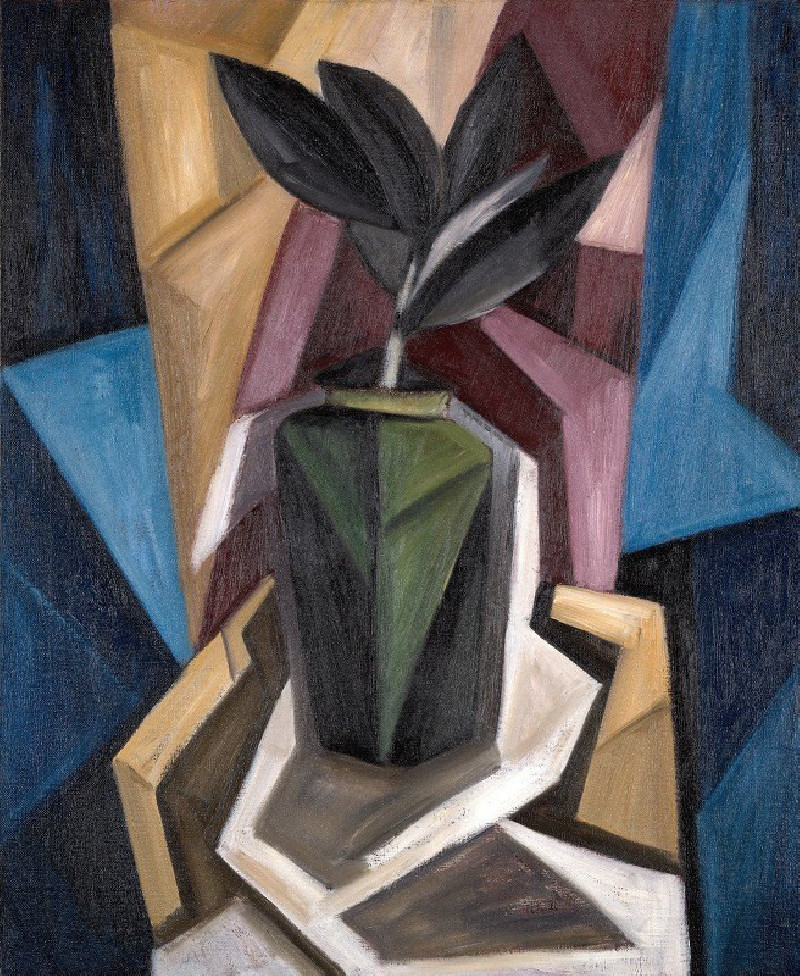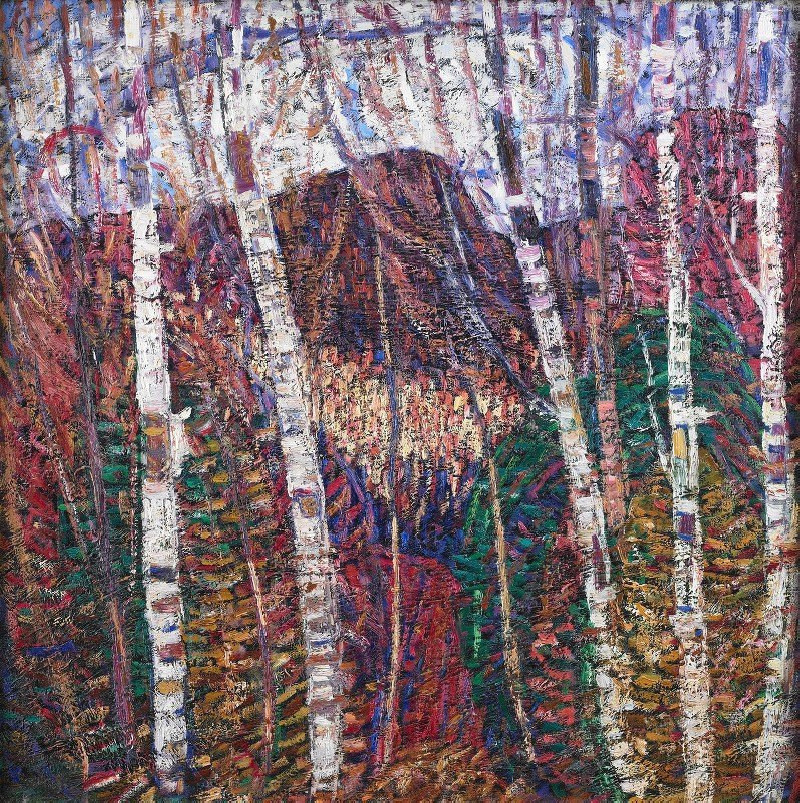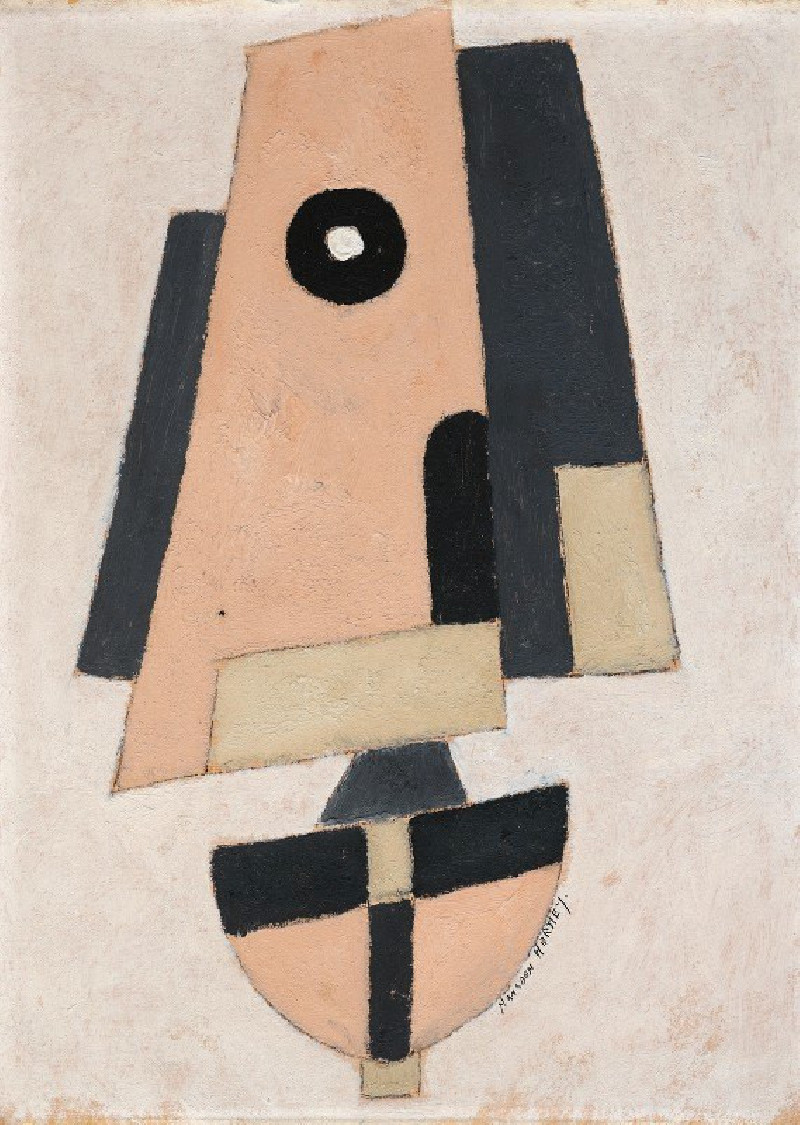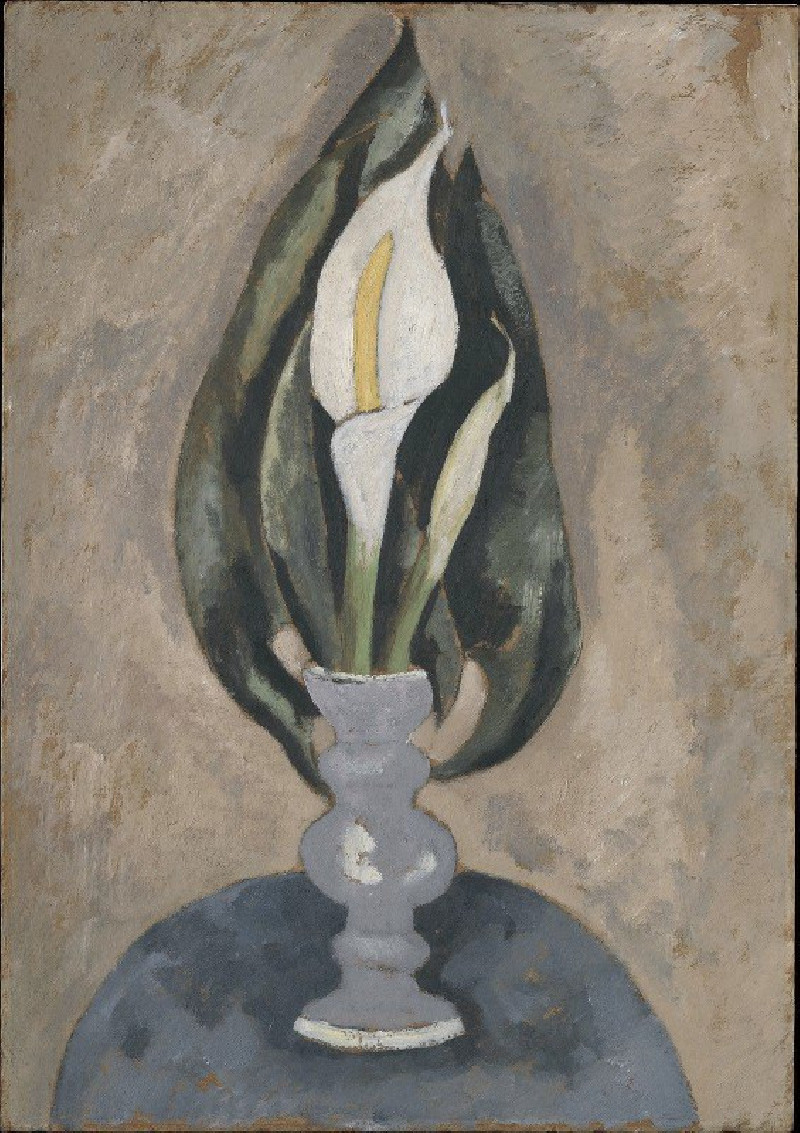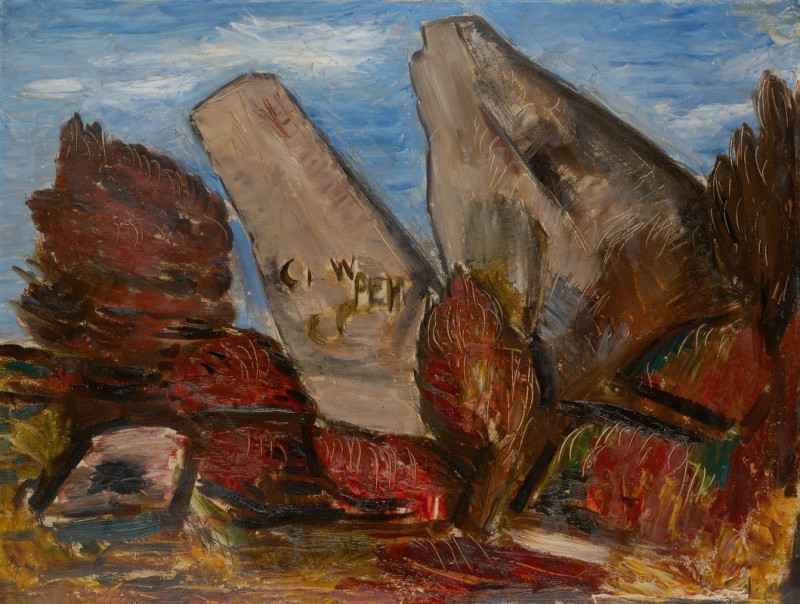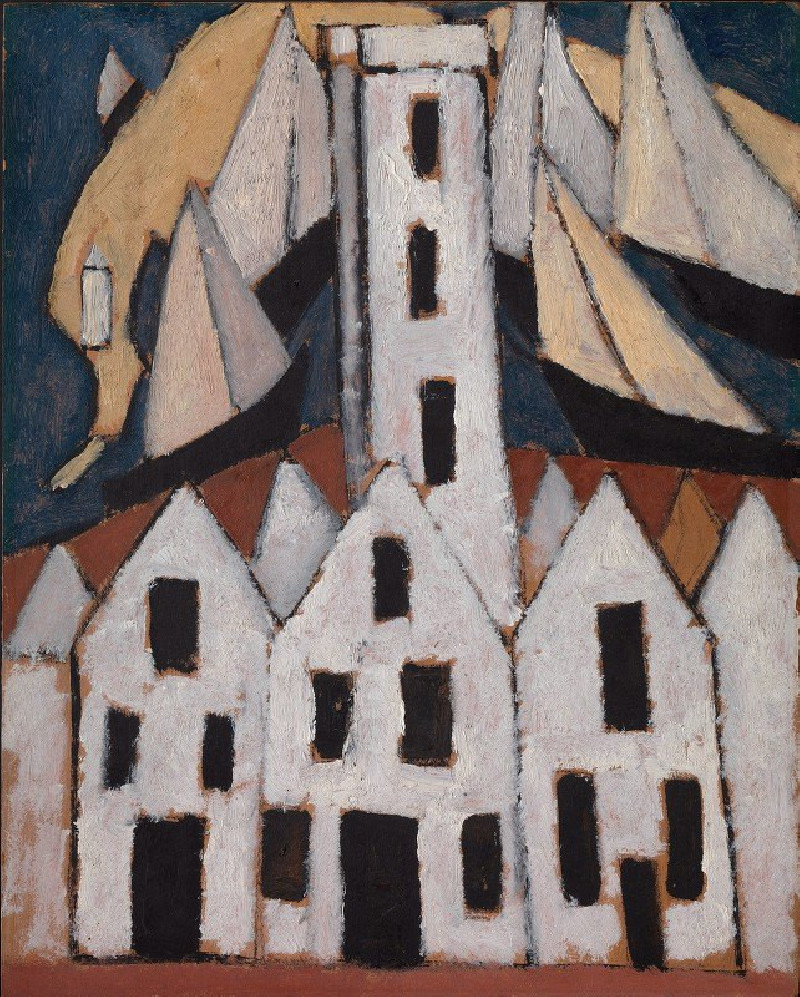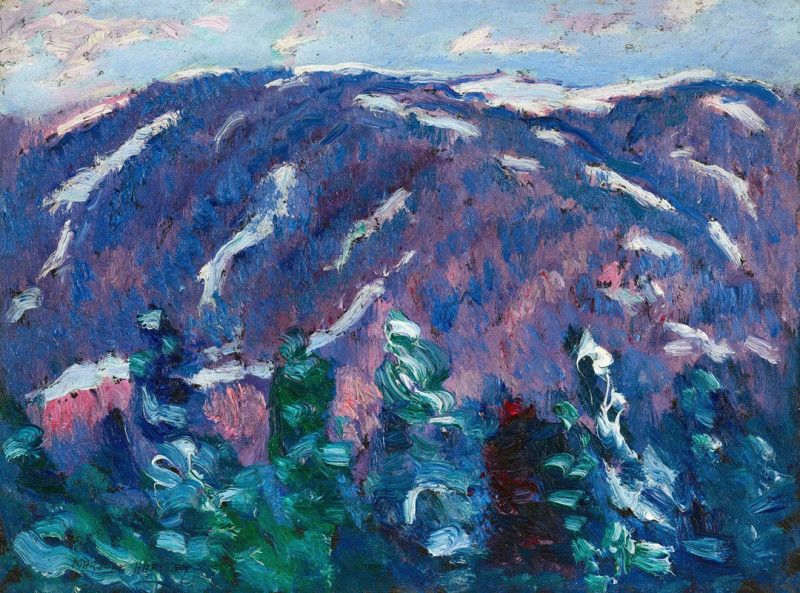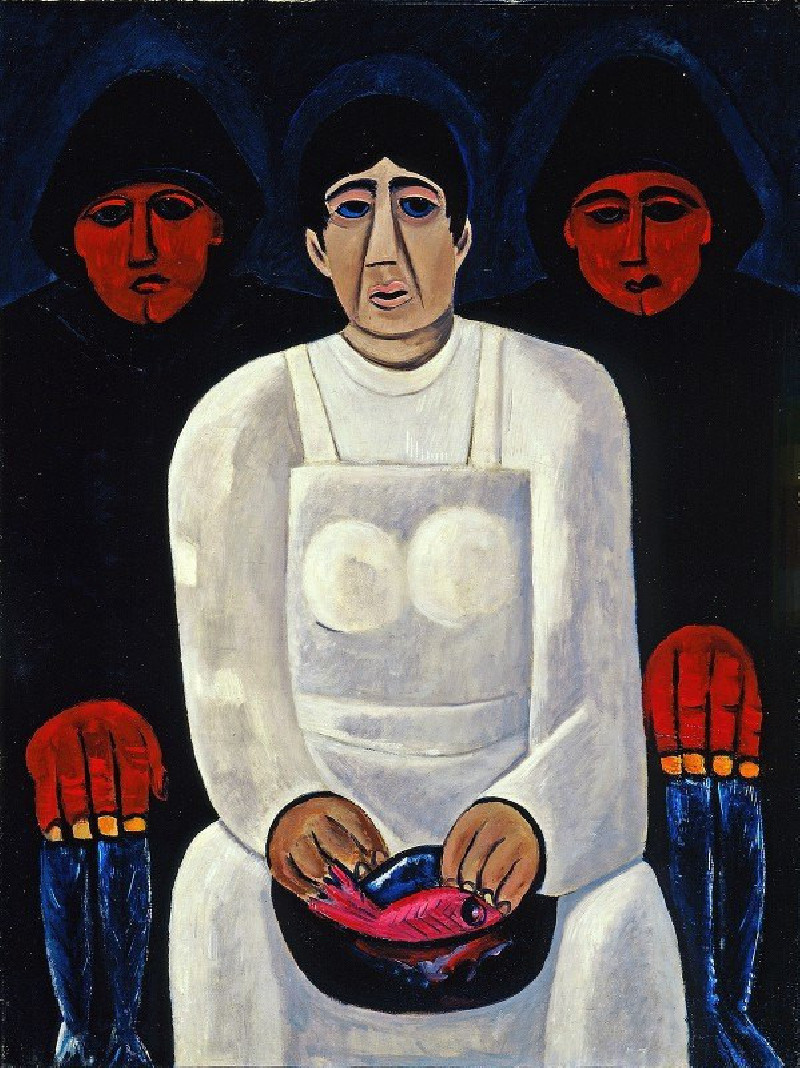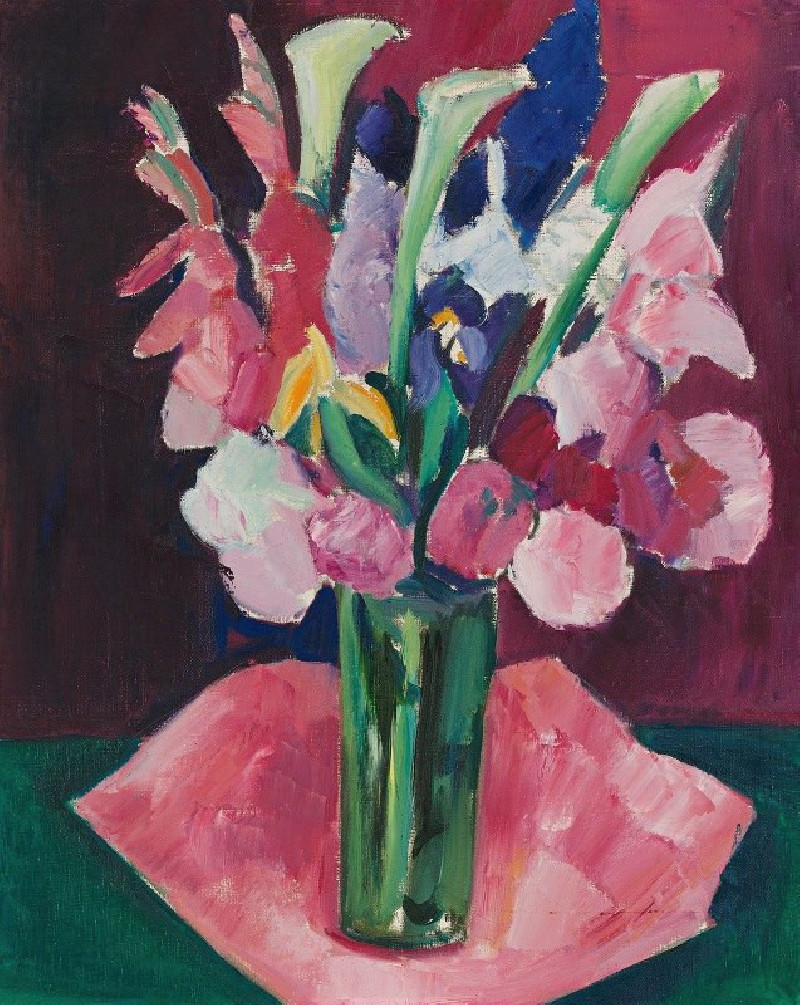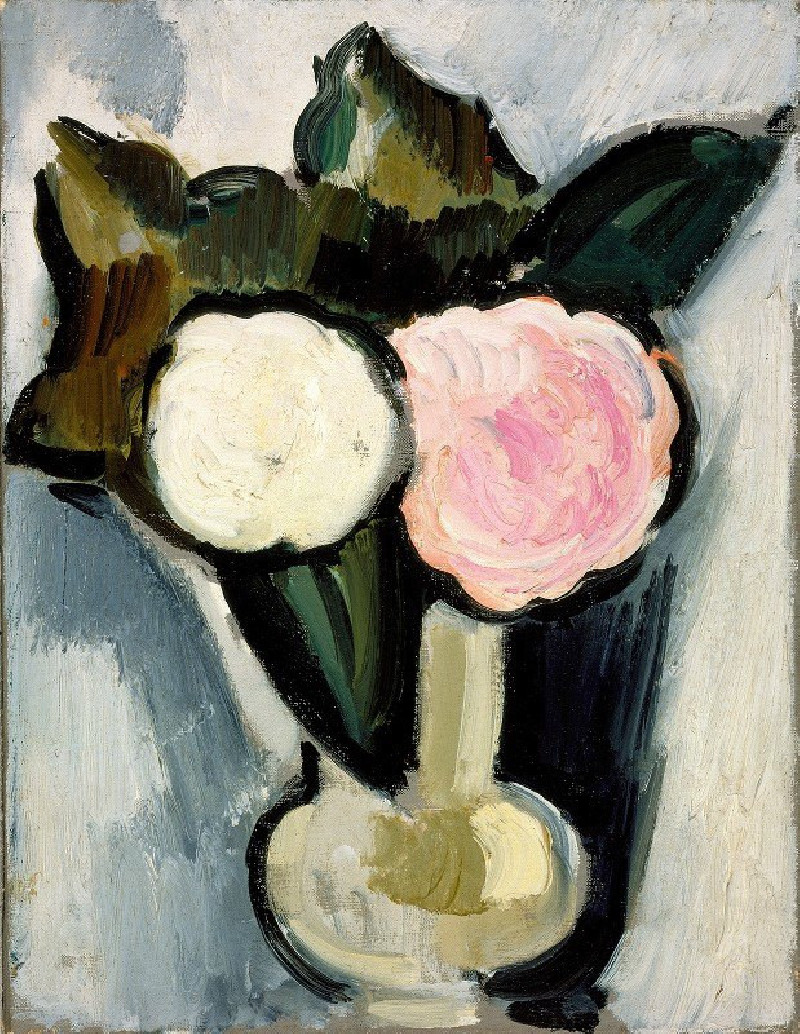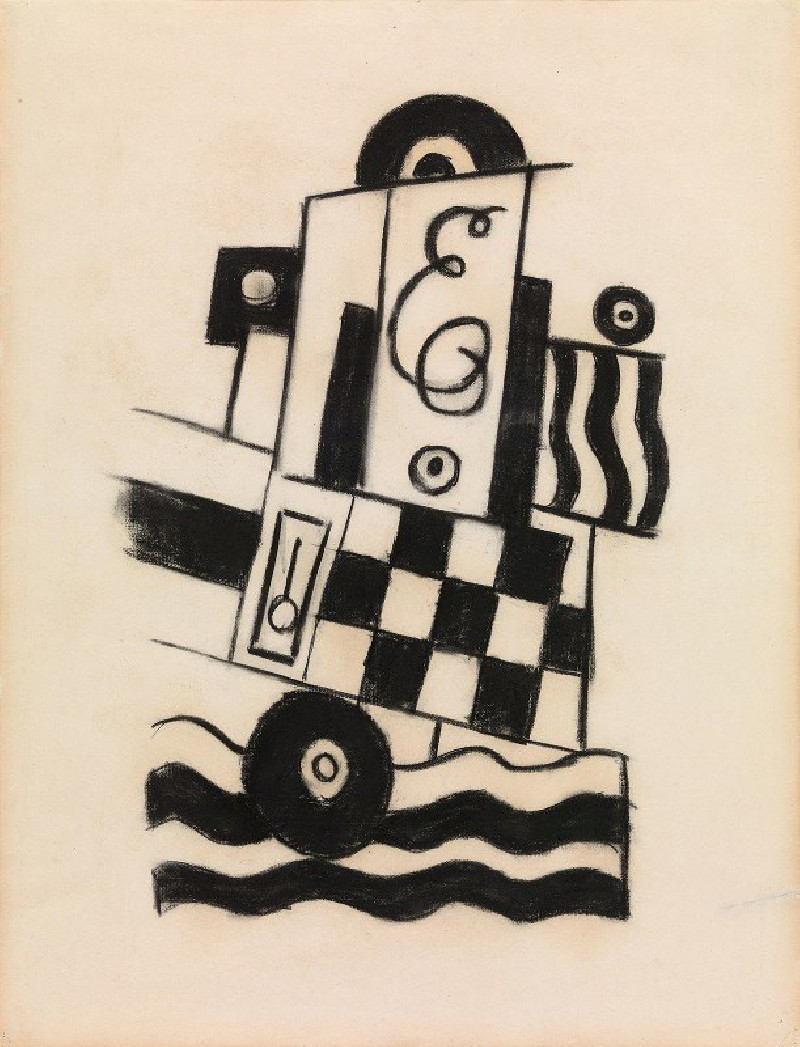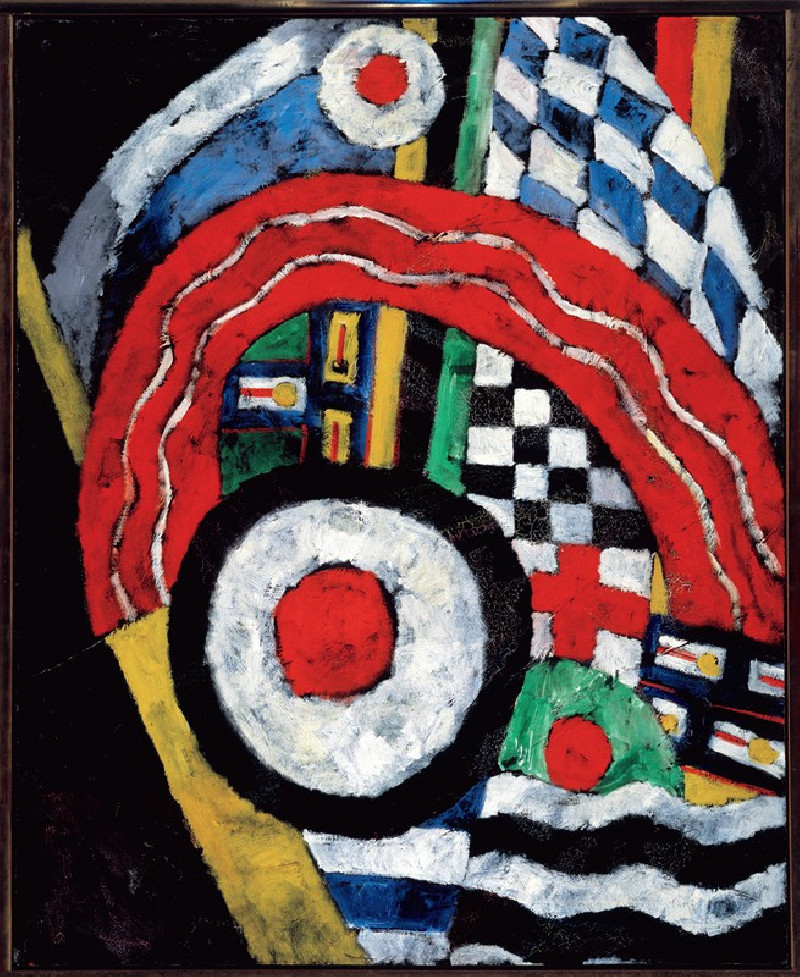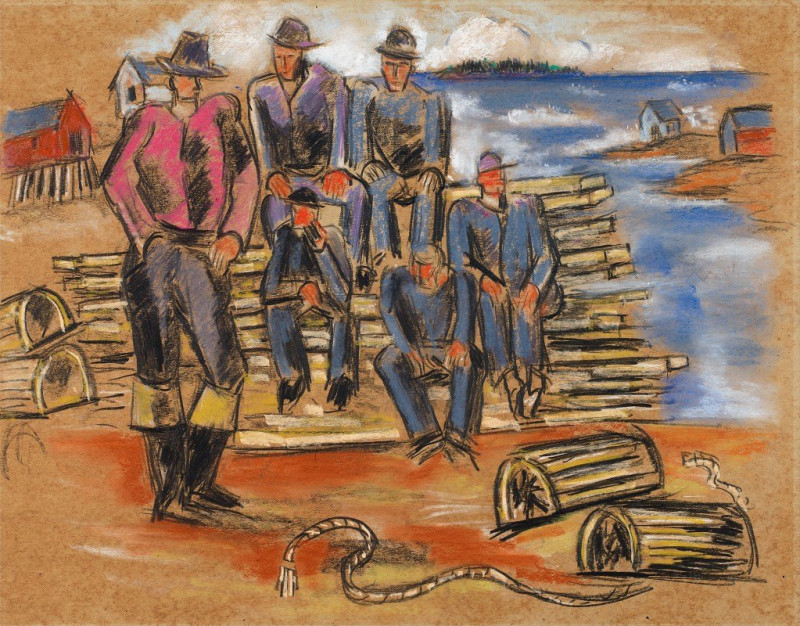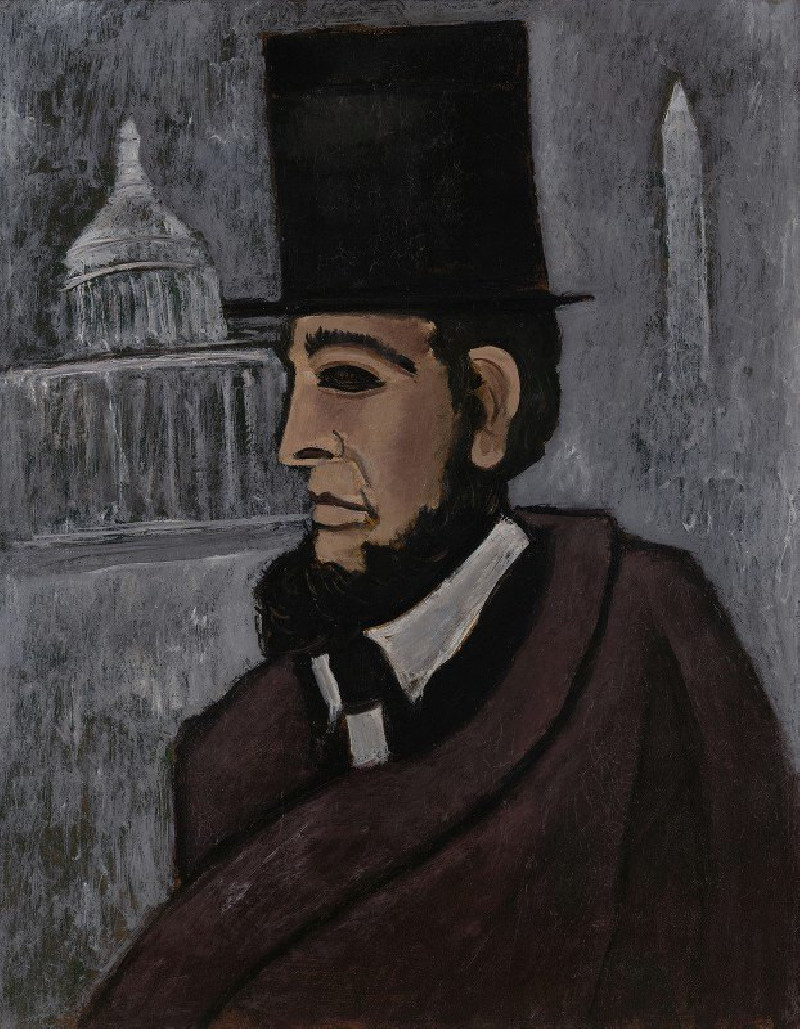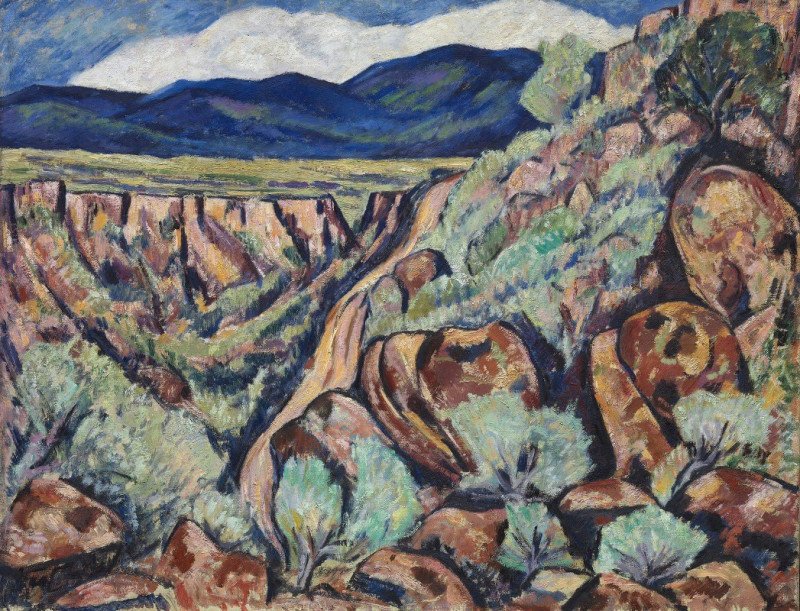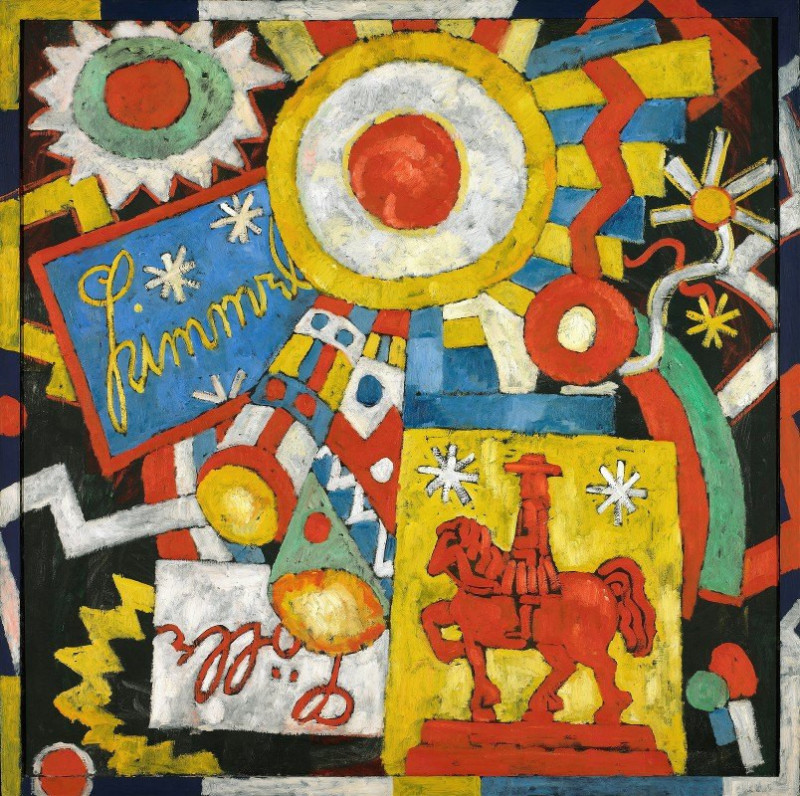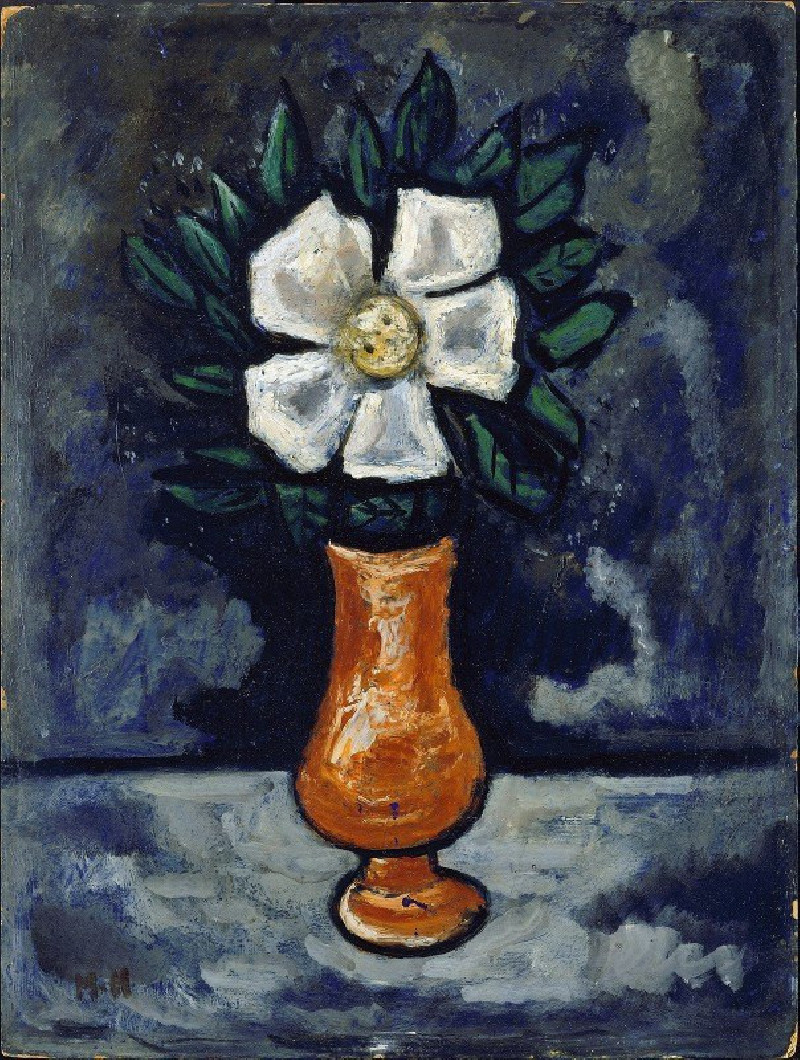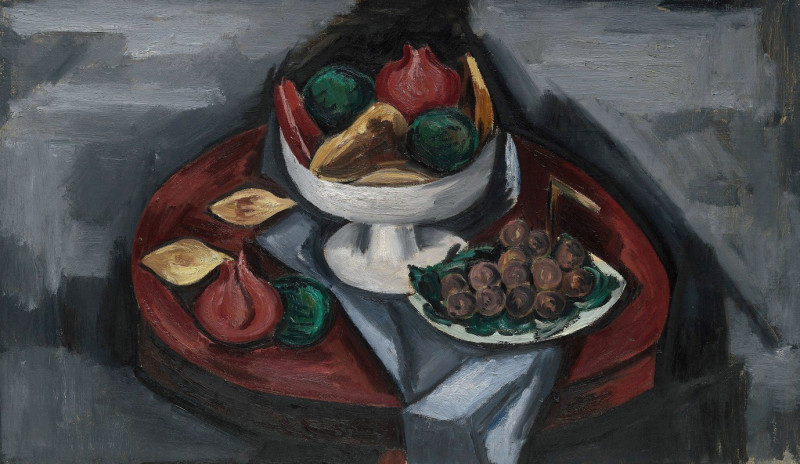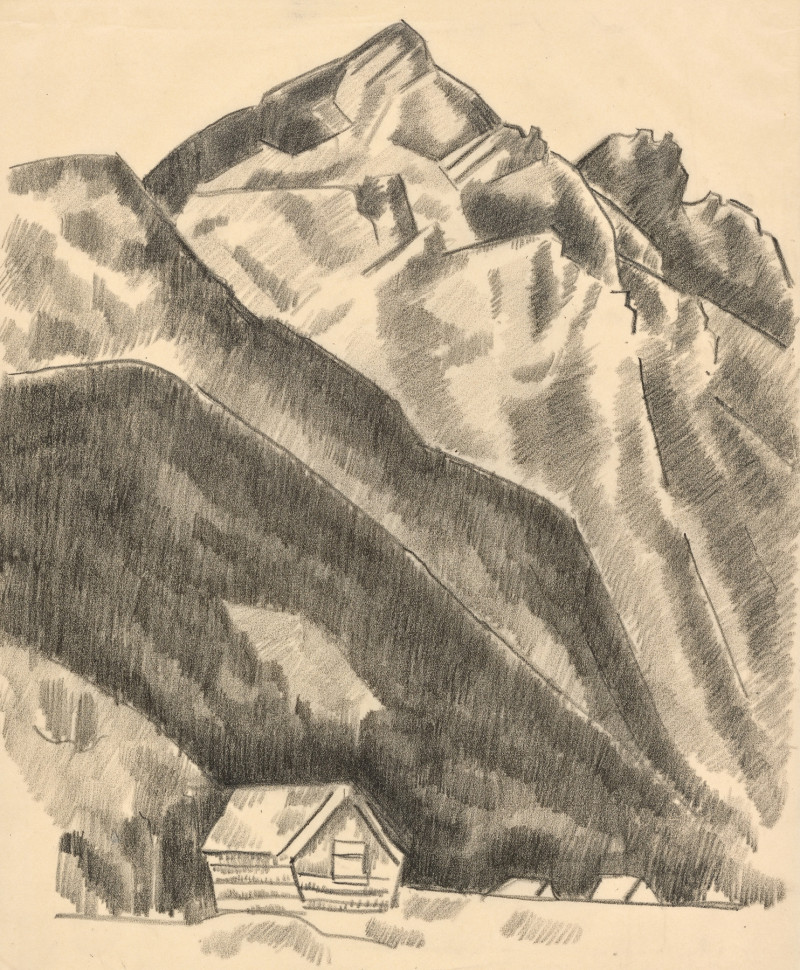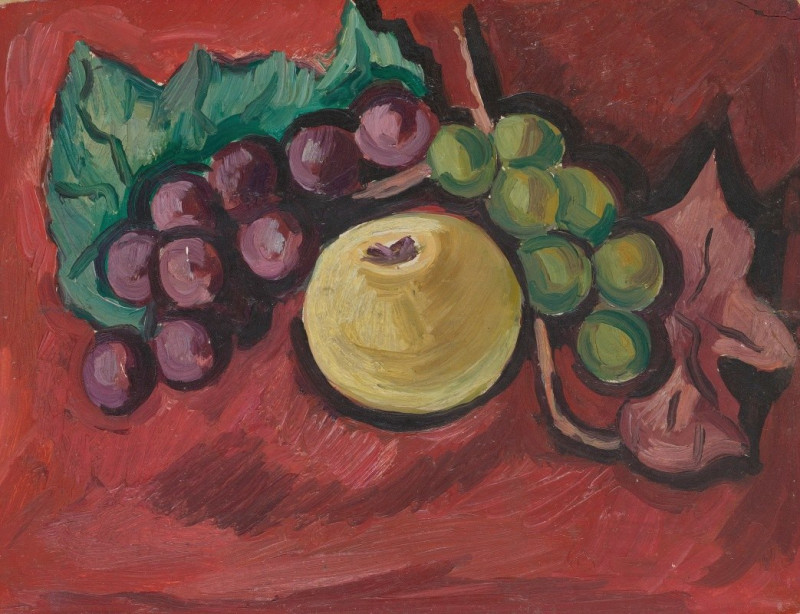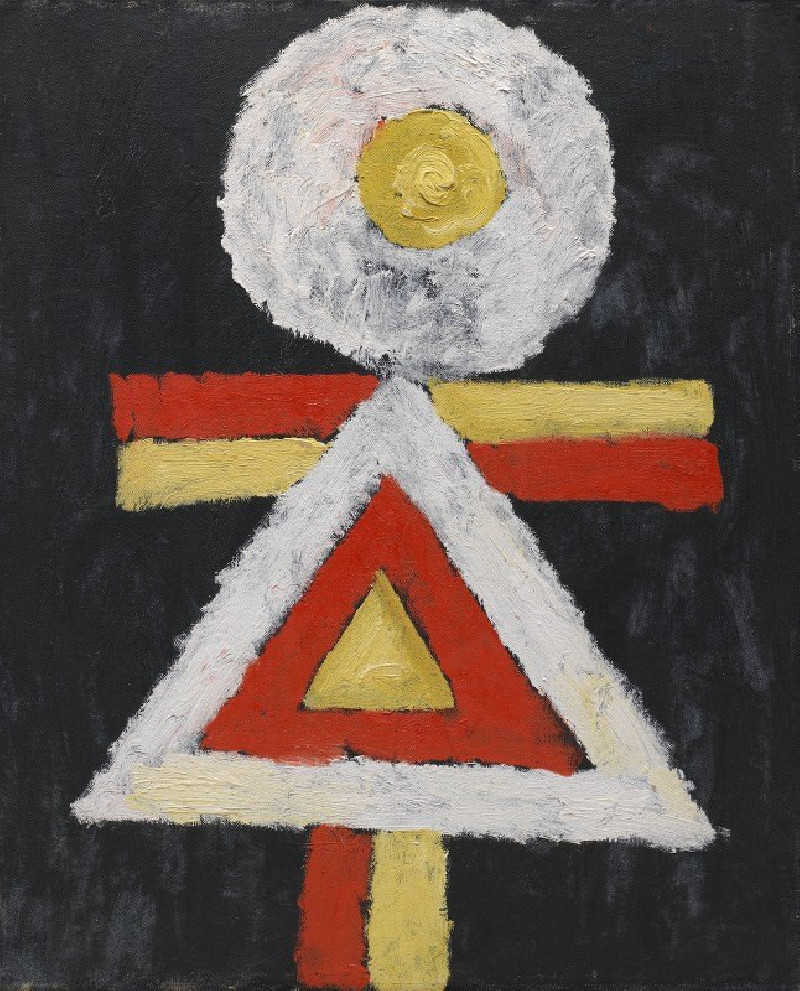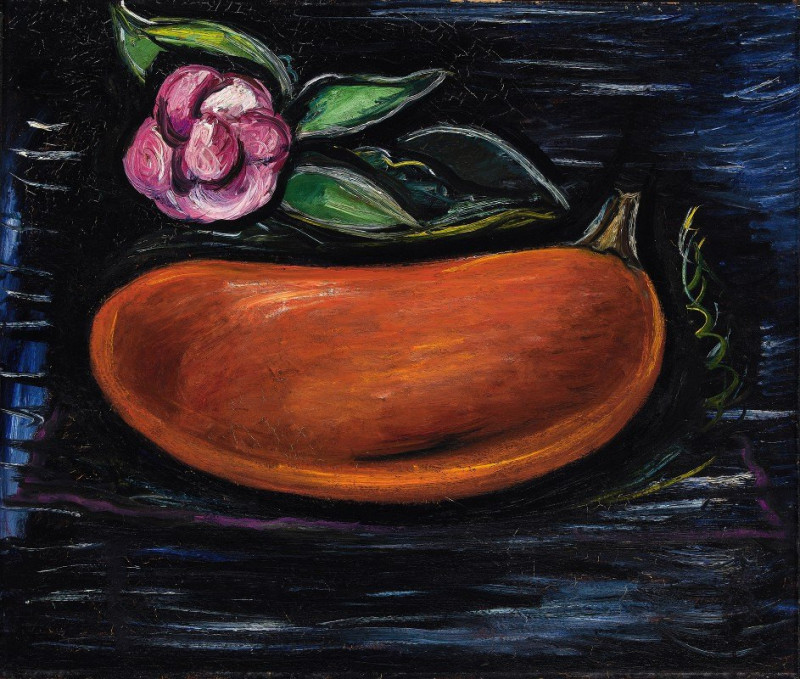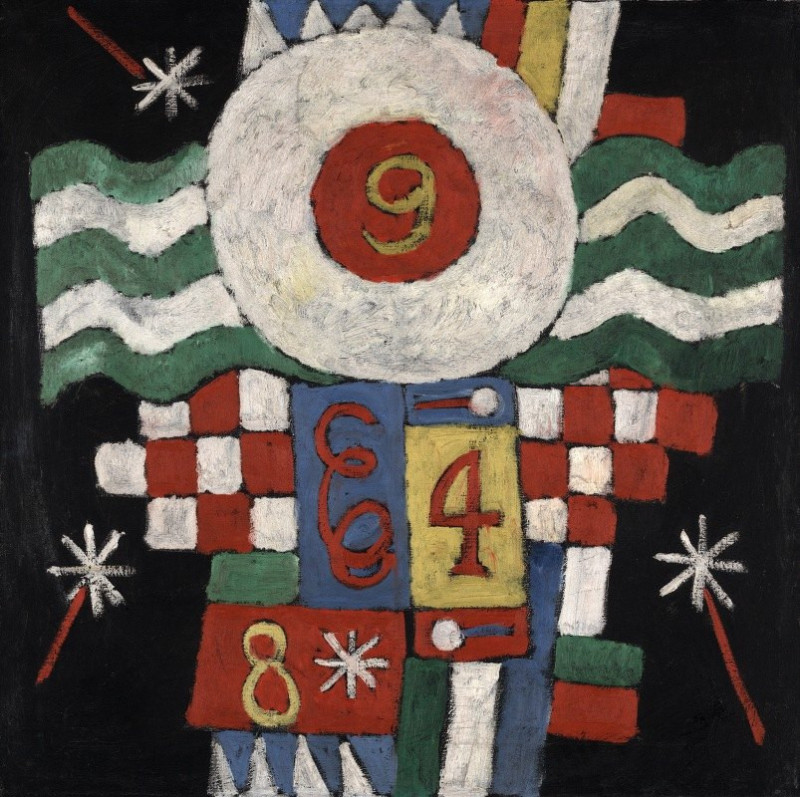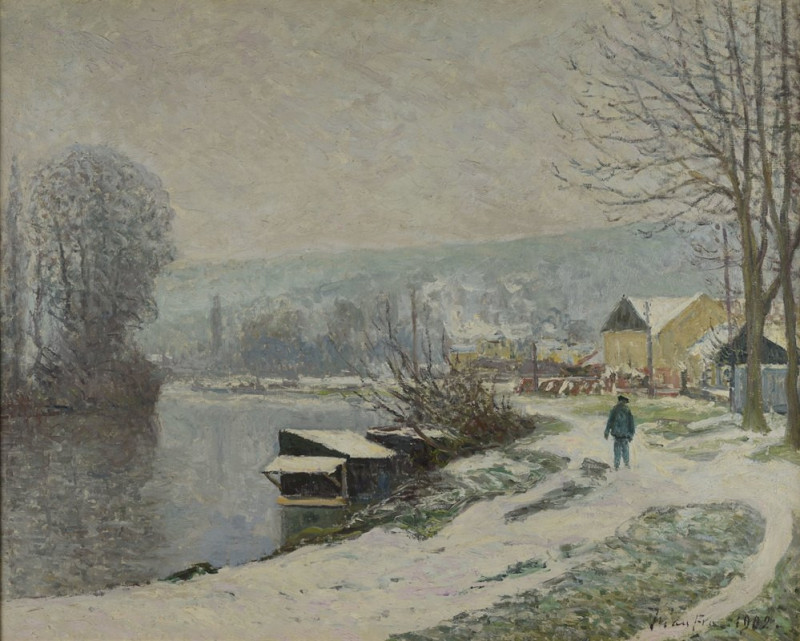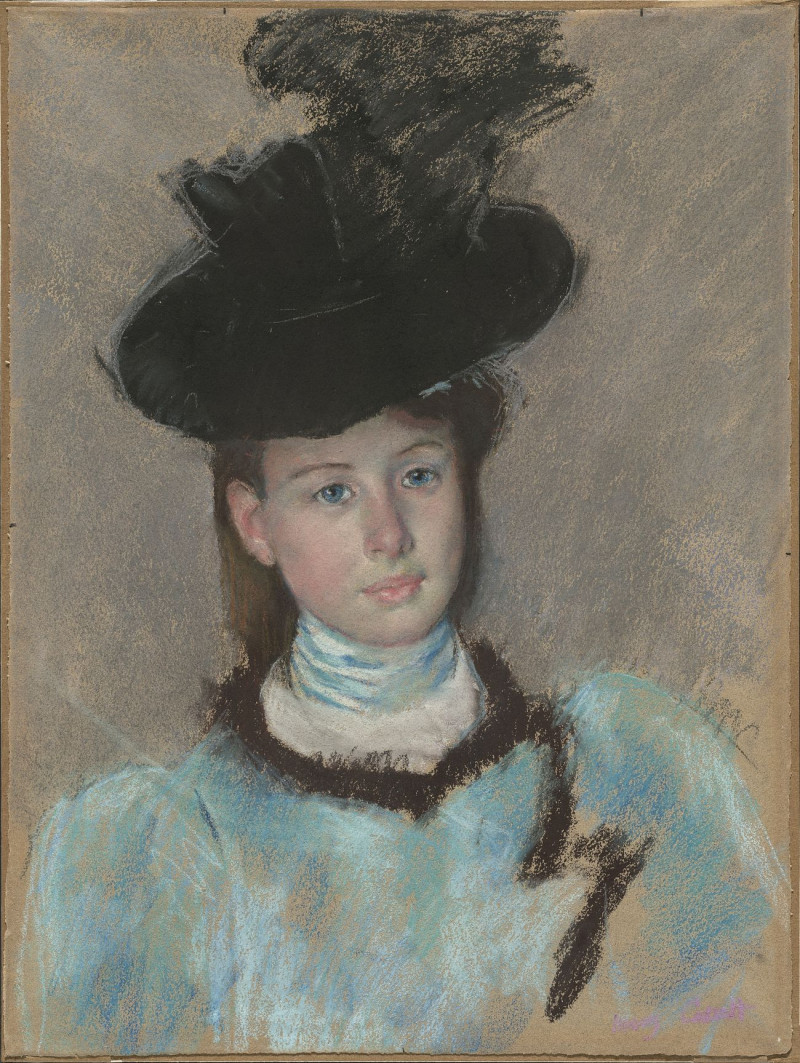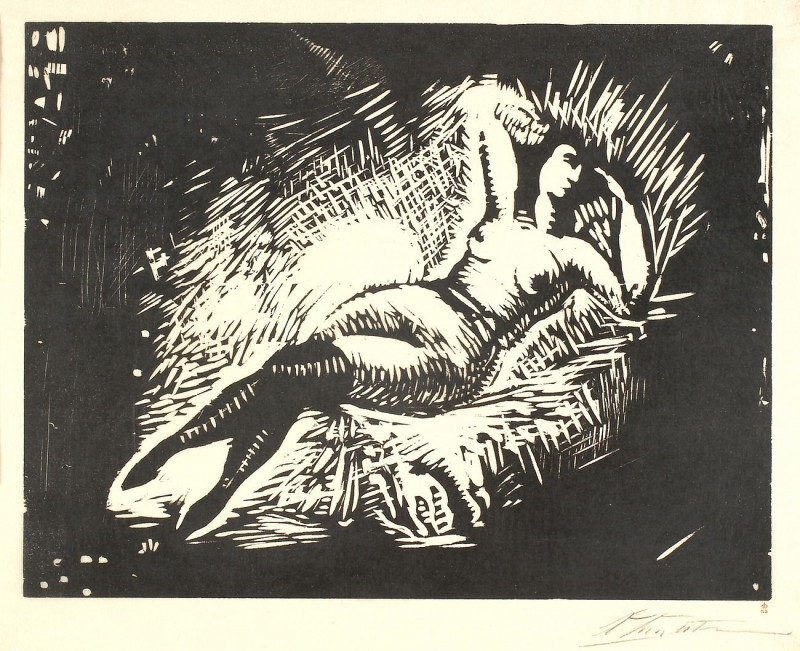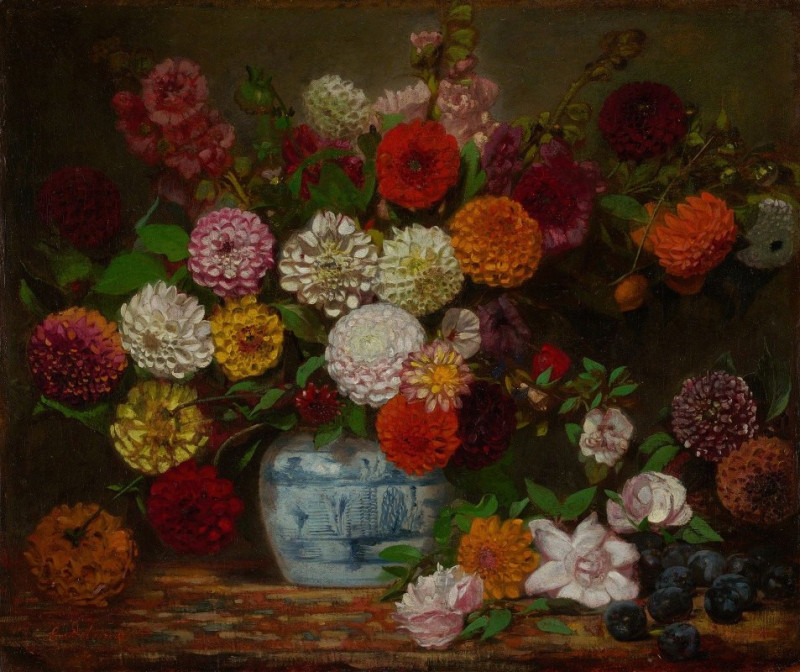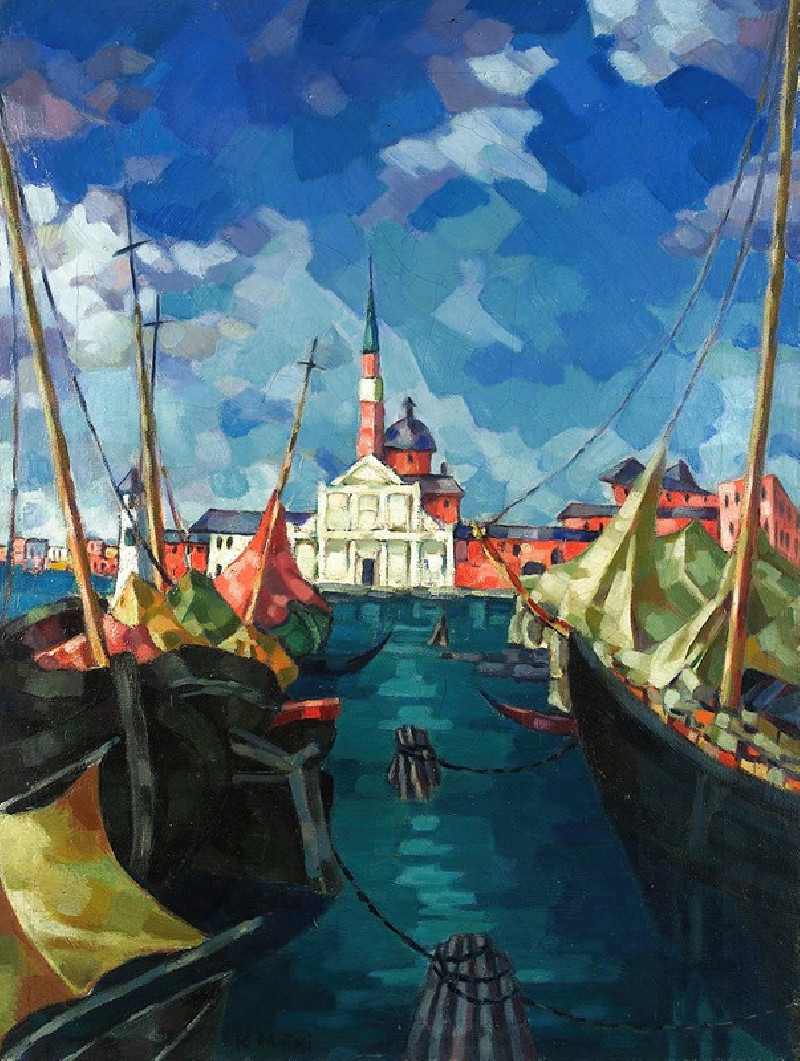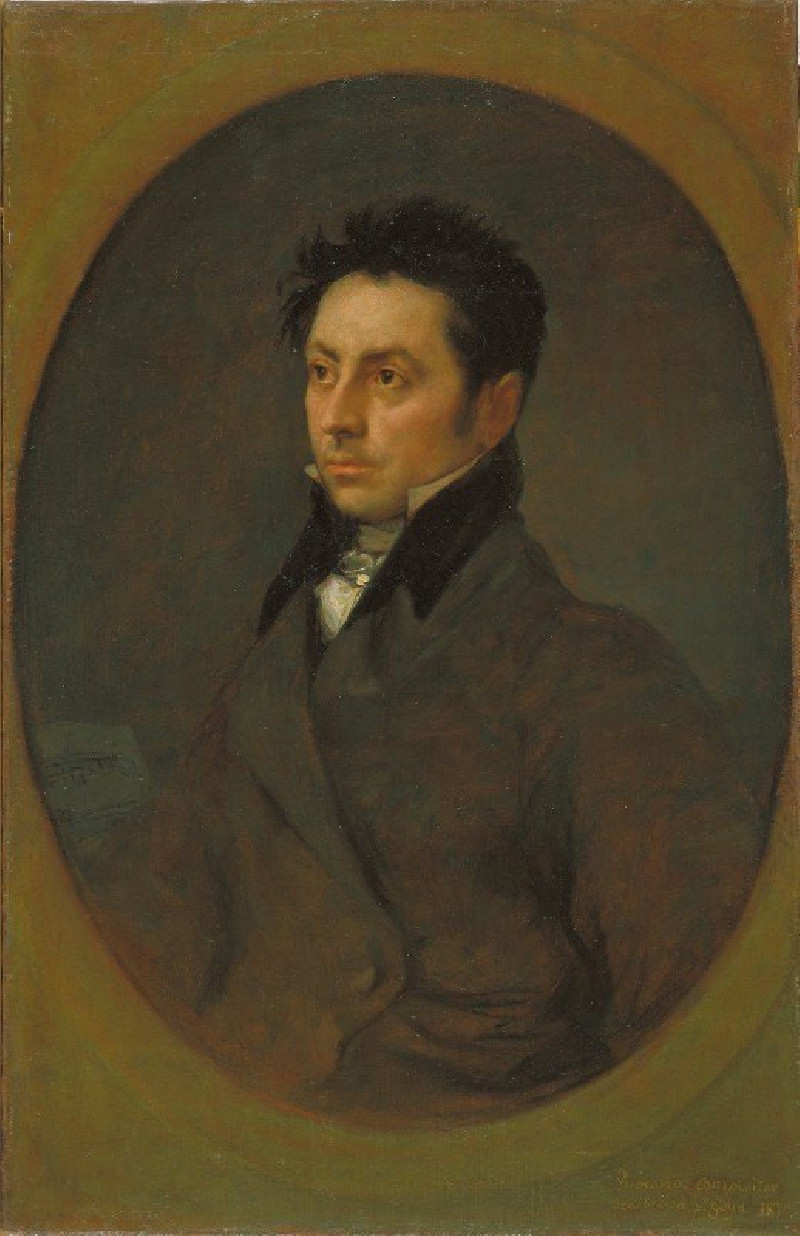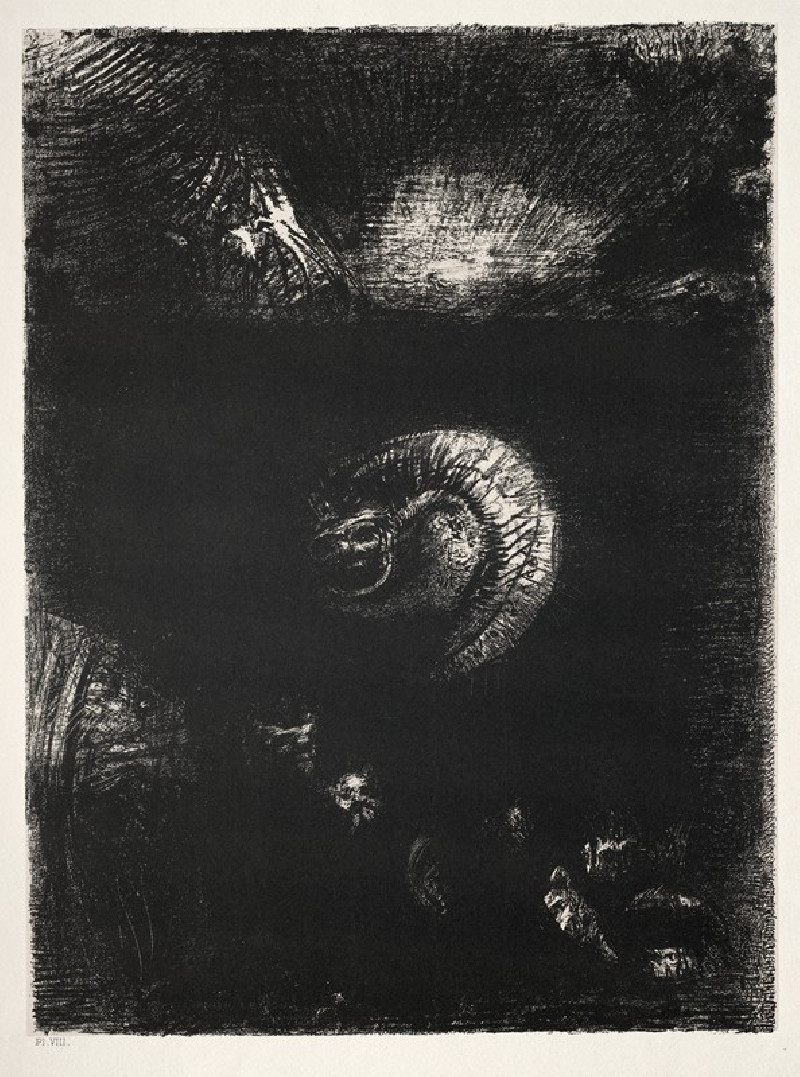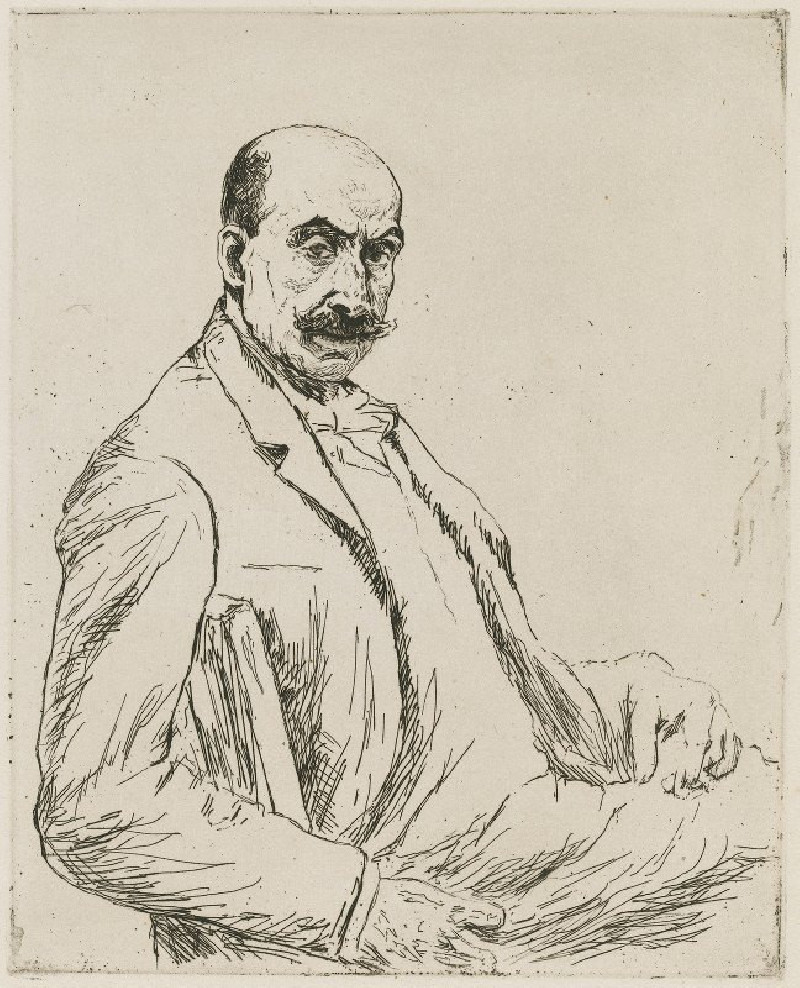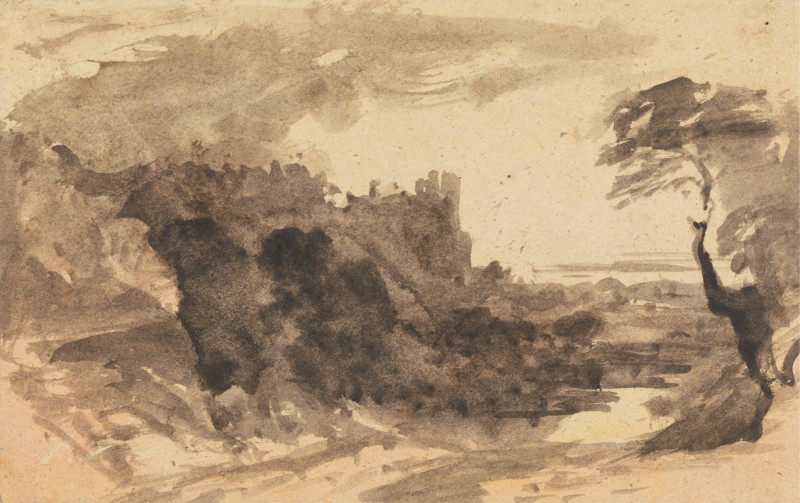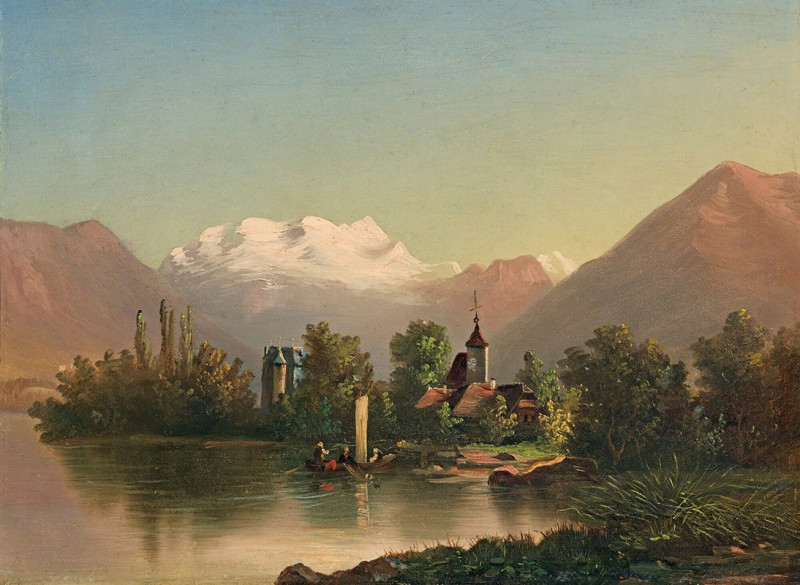Rubber Plant (1920)
Technique: Giclée quality print
Recommended by our customers
More about this artwork
Marsden Hartley's 1920 painting, "Rubber Plant," serves as a captivating exploration of geometric abstraction intertwined with organic forms. The painting features a richly depicted rubber plant in a sturdy, angular vase, its dark, waxy leaves stark against the vibrantly colored, fragmented background. The composition bursts with a juxtaposition of sharp lines and soft, curving leaf shapes, illustrating Hartley's skill in blending natural and shaped elements.The palette is predominantly dark with intense contrasts, weaving shades of black and deep green with segments of blue, red, and golden hues. These colors create a dynamic interplay of depth and surface tension, enhancing the three-dimensional effect of the vase and the flatness of the fragmented shapes in the background.Hartley's work subtly touches on themes of growth and resilience, symbolized by the enduring nature of the rubber plant, set against a complex, almost architectural backdrop.
Delivery
Returns
Marsden Hartley (1877–1943) is a Maine native and a leading American Modernist painter, along with his contemporaries, Arthur Dove and Georgia O’Keeffe. He is well-known for employing geometric abstraction as well as bold colors and lines. His paintings depicted imagery of nature, landscapes, figures, and still-life. Sponsored by Alfred Stieglitz, Hartley went to Europe in 1912, spending most of his time in Germany, where he met Gertrude Stein, Wassily Kandinsky, and Franz Marc. After returning to America in 1930, he reconnected with the New England of his childhood and started to portray the landscapes of New England in his paintings.

